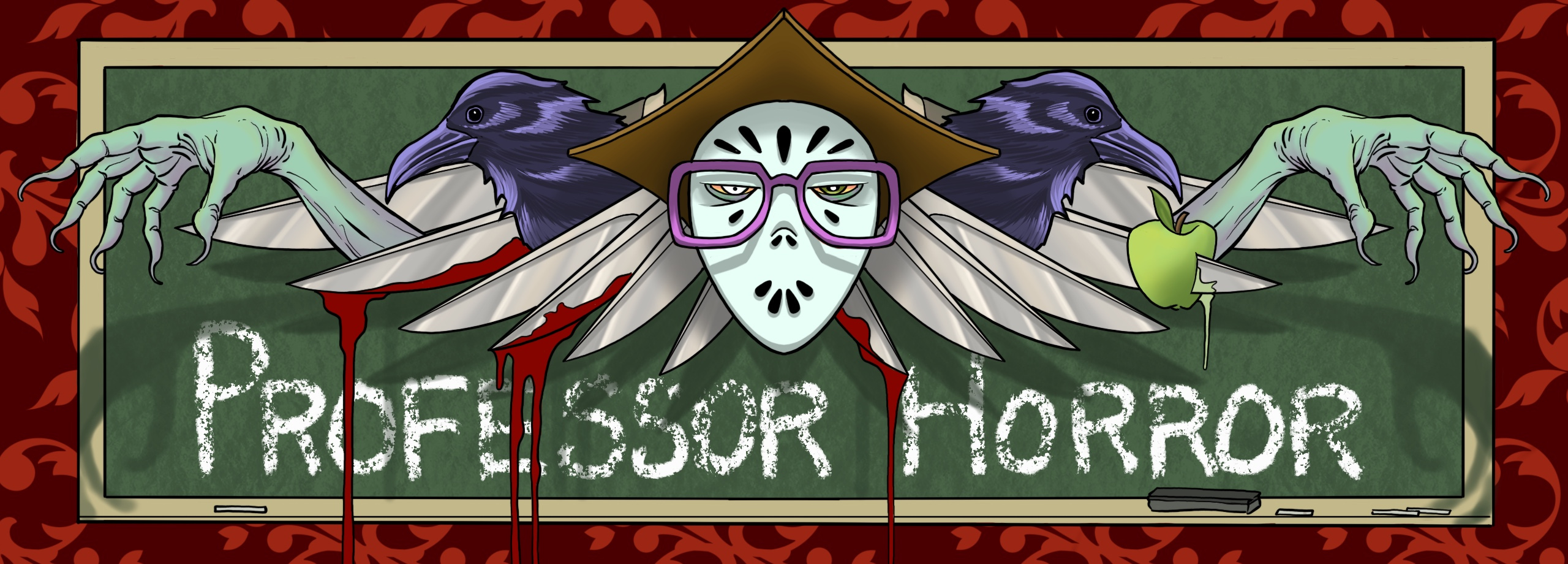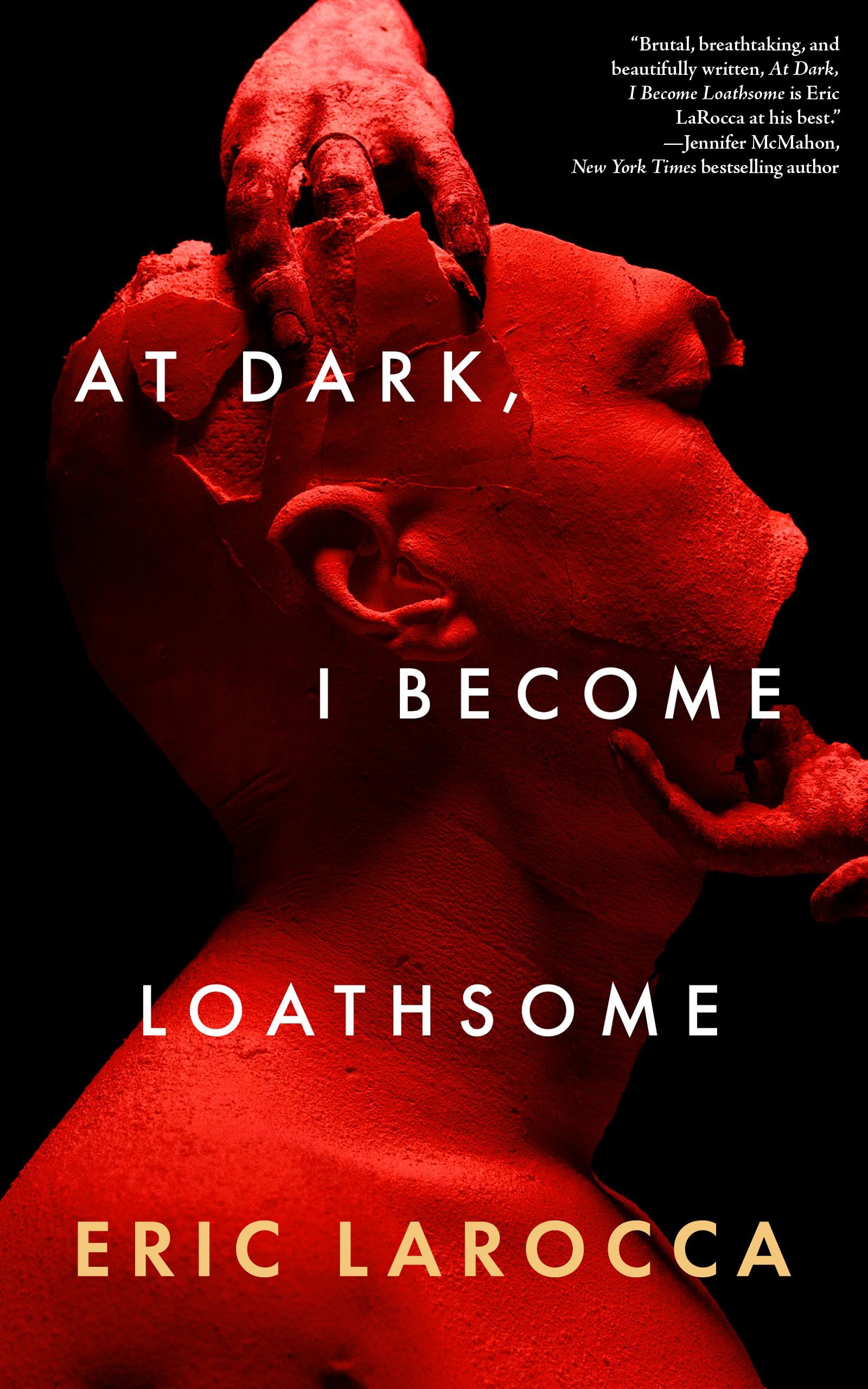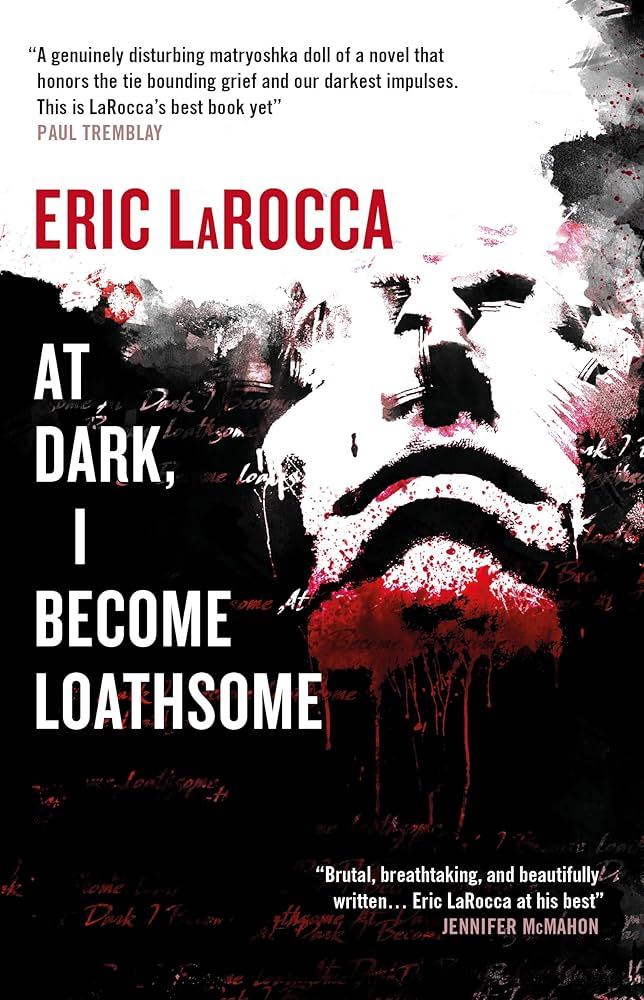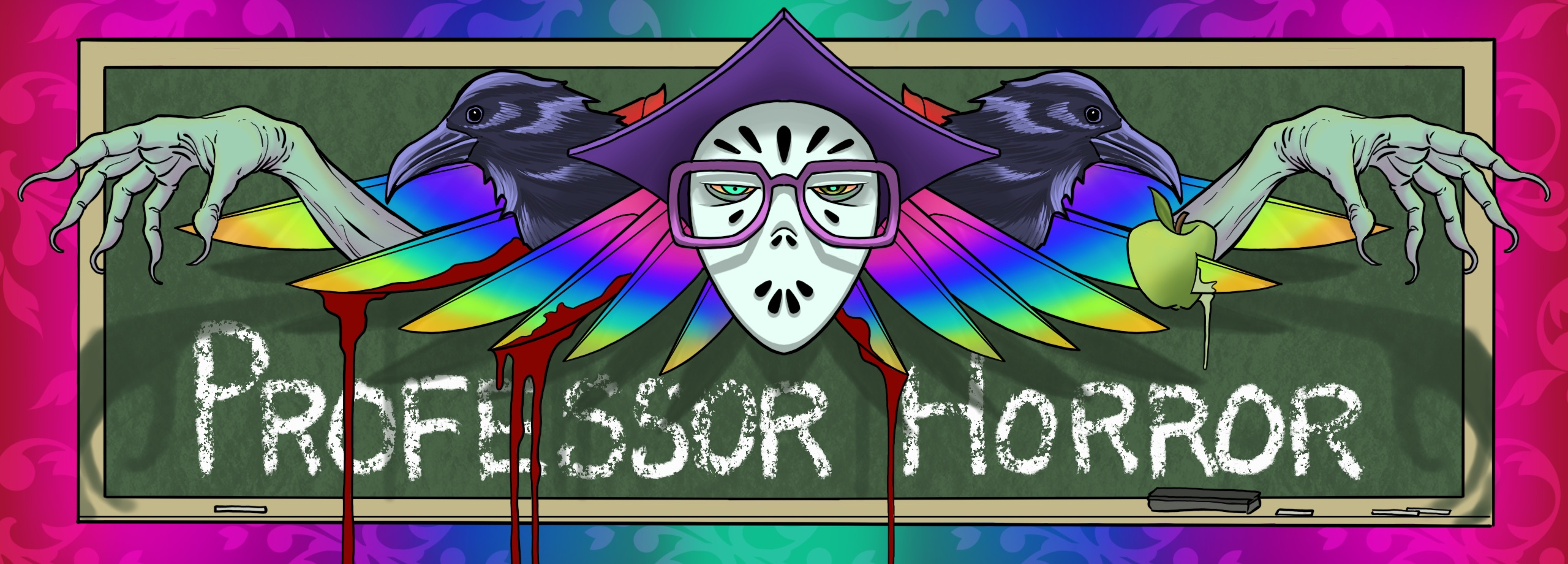
Where Horror Gets Studied, Skewered, and Celebrated.
Newest articles and reviews
Come for the Gore, Stay for the Gays: Queer Depravity and the Monsterous Charm of AT DARK, I BECOME LOATHSOME
By. Professor Horror

Eric LaRocca’s latest offering, AT DARK, I BECOME LOATHSOME, I BECOME LOATHSOME isn’t for the easily scandalized. But if you’re the kind of reader who likes your horror fiction with a side of filth, fluid, and philosophical rot, welcome home. Here, LaRocca invites us into a depraved world of suffering where queer characters get to tell their stories. However, these men are not seen as victims or as inspirational figures, but as beautifully broken, sadistic, and yes, loathsome creatures. I loved this novella so much I recommended it to quite a few of my friends. Now I have fewer friends and one extremely awkward group chat that no longer replies to me. Apparently, queer grief meets parasitic intimacy, and underground pseudo-therapy doesn’t work for everyone. But for those of us who get it, LaRocca’s novella delivers something unforgettable: a queer horror story that doesn’t sanitize monstrosity but instead relishes it.
The story follows Ashley Lutin, a man shattered by the death of his wife, Pema, and the mysterious disappearance of their son, Bailey. Grief has hollowed him out, both body and soul. By day, he’s haunted and unmoored, and by night, he becomes something else entirely (almost a caricature). He describes himself as a creature (and thanks to extreme body modifications) piercings, and facial alterations, he now physically embodies the non-human version of himself he feels he has become. His appearance reflects his internal decay, and he exists as a walking sculpture of self-loathing and lost identity.
But what makes Ashley truly ghoulish is his “profession.” In the dark hours, he meets with clients who want to be buried alive. Ashley lowers them into a coffin, seals them underground for thirty minutes, and then digs them back up. His clients claim the experience is transformative, and some call it a reawakening. At first glance, it seems absurd because…who would pay for that? Yet I’ve witnessed a similar trend at a film festival where people lined up to be buried for ten minutes in a staged ritual, sometimes while friends walked above their graves. It wasn’t just about thrills or fear because there was something deeper in the experience: something spiritual and disorienting. The taboo of being sealed beneath the ground while life continues above you creates a kind of inverted euphoria and a reminder of your own death and survival all at once.

Ashley’s version, however, is no party trick. His process is clinical, eerie, and meant to emotionally unravel people. It’s therapy through terror, like a sensory deprivation tank with dirt instead of saltwater and dread instead of peace. He claims it helps people confront their mortality and return to the surface renewed. But as his own grief metastasizes into something feral, Ashley begins to crave more than thirty-minute sessions. He wants to bury someone…and never dig them back up again.
Then Ashley meets a stranger online and everything shifts. This man is charismatic, unnerving, and instantly magnetic as he weaves a history of his own grief and darkness that draws Ashley in. And it all starts, like so many real-world horrors, with a desperate search for connection online. Ashley wants someone who understands him, someone who shares his niche rituals and hollow grief. But the internet, LaRocca reminds us, is not a safe space. It’s a hunting ground. And just because someone speaks your language doesn’t mean they speak it with good intentions.
The novella explores how people (especially those marginalized or grieving) can be manipulated under the guise of community or care. Ashley even likens his burial work to BDSM, emphasizing the importance of consent, control, and aftercare when engaging in dangerous, transformative experiences. But the line between risk and abuse, between play and predation, is razor-thin. And monsters, LaRocca suggests, are often the ones who ignore those rules and steal all control for themselves. People think they want to surrender, but they want this only as long as someone’s still holding the key. Unfortunately, Ashley meets someone who doesn't want surrender. He wants erasure.

LaRocca’s portrayal of queer characters is radical not because it’s “positive,” but because it rejects that demand entirely. Ashley is not inspirational. He’s not a metaphor for resilience. He’s a grief-soaked, sex-starved, emotionally ruptured man who weaponizes his own suffering. His queerness isn’t sanitized or symbolic. It’s the lens through which he experiences the world. It’s how he touches, hurts, and desires. It’s what makes his monstrosity interesting: not because it caused it, but because it complicates it. Because the real horror here isn’t in Ashley’s job, it’s in the desperate way he seeks meaning through obliteration. The story doesn’t build toward redemption, but it slides further into annihilation. And that’s exactly what makes it powerful.
LaRocca isn’t interested in pleasing his readers. He’s interested in making them squirm. AT DARK, I BECOME LOATHSOME, is a reminder that horror doesn’t need heroes, and queer fiction doesn’t need to be wholesome. It can be broken, bloody, cruel, and still tell the truth. It’s a novella that stares deep into the pit of queer grief, longing, and monstrosity, and instead of climbing out, it asks what happens if you dig deeper. Yes, I might have lost friends over this book. But I gained something better: a story that doesn’t flinch from the ugliness of grief. A story that dares to let queer characters be monstrous on their own terms, and lets us know that sometimes the scariest thing isn’t death, but what we’re willing to do just to feel alive.
Buy a Copy of At Dark, I Become Loathsome Here: https://bookshop.org/a/115646/9798212179027
Grubby's Hole
About Professor Horror
At Professor Horror, we don't just watch horror: we live it, study it, and celebrate it. Run by writers, critics, and scholars who've made horror both a passion and a career, our mission is to explore the genre in all its bloody brillance. From big-budget slashers to underground gems, foreign nightmares to literary terrors, we dig into what makes horror tick (and why it sticks with us). We believe horror is more than just entertainment; it's a mirror, a confession, and a survival story. And we care deeply about the people who make it, love it, and keep it alive.